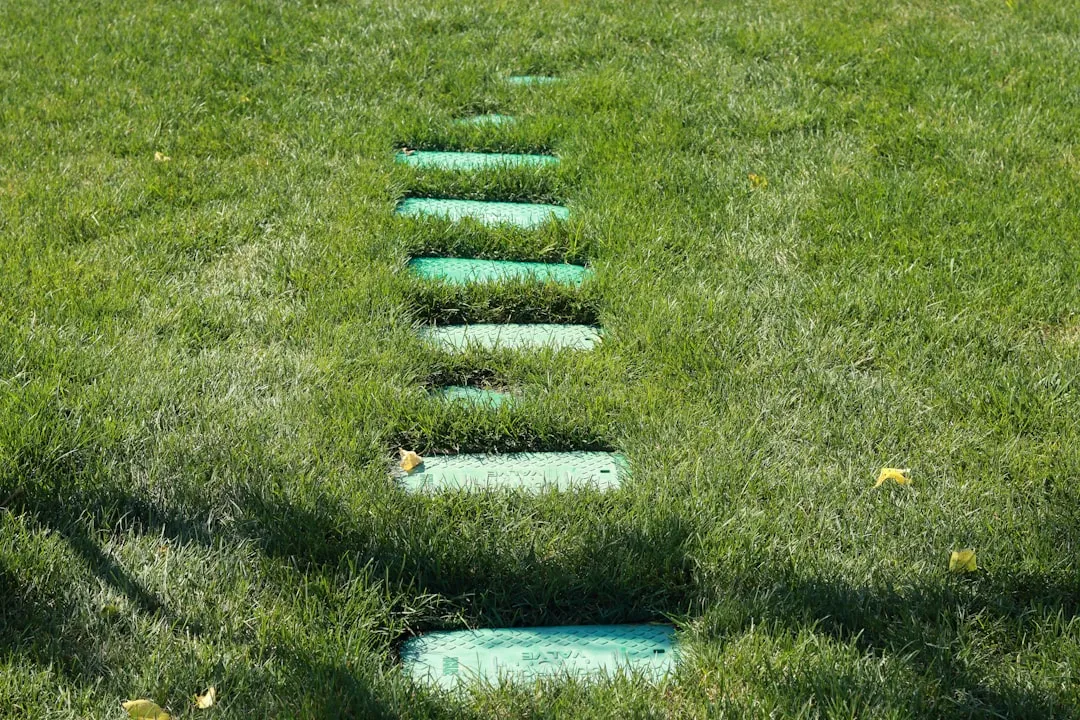The Art of Lawn Clippings: To Gather or Not to Gather?

Maintaining a beautiful yard is a labor of love, and one of the key aspects of yard care is dealing with lawn clippings. When you mow your lawn, you're faced with a crucial decision: should you gather the clippings or leave them on the turf? This choice can have significant implications for the health and appearance of your lawn. In this article, we'll explore the pros and cons of mulching and bagging your lawn clippings to help you make the best decision for your yard.
The Case for Mulching
Mulching involves leaving the grass clippings on the lawn after mowing. Here are some of the advantages:
- Nutrient Recycling: Grass clippings are rich in nitrogen, phosphorus, and potassium, which are essential nutrients for a healthy lawn. When you mulch, these nutrients are returned to the soil as the clippings decompose. This natural fertilization can reduce the need for chemical fertilizers, saving you money and being more environmentally friendly. For example, a study by the University of Minnesota found that mulching can provide up to 25% of a lawn's annual nitrogen needs.
- Moisture Retention: Mulched clippings act as a protective layer on the soil surface. They help to reduce evaporation, keeping the soil moist for longer periods. This is especially beneficial during hot and dry weather, as it can reduce the frequency of watering. In fact, lawns with mulched clippings can retain up to 30% more moisture compared to those without.
- Time - Saving: You don't have to spend time emptying the lawn mower bag or raking up the clippings. This can be a significant advantage, especially if you have a large lawn. You can simply mow and move on, spending more time enjoying your yard rather than cleaning up after mowing.
However, there are also some potential drawbacks to mulching:
- Appearance: If you mow your lawn infrequently or cut off too much grass at once, the clippings may clump together and create an unsightly appearance on the lawn. This can make your yard look messy and unkempt. To avoid this, it's important to follow the one - third rule of mowing, which means never cutting more than one - third of the grass blade length at a time.
- Weed Spread: If your lawn has weeds, mulching can spread weed seeds. As the clippings are distributed across the lawn, any weed seeds present in the clippings can germinate and grow, leading to a weedier lawn. Regular weed control measures are necessary if you choose to mulch.
The Case for Bagging
Bagging involves collecting the grass clippings in a bag attached to the lawn mower or raking them up after mowing. Here are the benefits:
- Clean Appearance: Bagging gives your lawn a neat and tidy look. There are no clippings left on the grass, making it look freshly manicured. This is especially important if you have a formal or show - piece lawn.
- Weed Prevention: By removing the clippings, you also remove any potential weed seeds. This can help to reduce the spread of weeds in your lawn. If you're dealing with a weed problem, bagging can be an effective way to get it under control.
But bagging also has its downsides:
- Waste Generation: Bagged grass clippings contribute to landfill waste. In many areas, organic waste like grass clippings can take up a significant portion of landfill space. Additionally, the decomposition of grass clippings in landfills produces methane, a potent greenhouse gas.
- Time and Effort: Bagging requires more time and effort than mulching. You have to stop the mower to empty the bag frequently, and if you're raking, it can be a physically demanding task, especially for large lawns.
- Nutrient Loss: When you bag the clippings, you're removing valuable nutrients from the lawn. This means you'll likely need to use more chemical fertilizers to keep your lawn healthy, which can be costly and harmful to the environment.
Making the Right Choice
So, how do you decide whether to mulch or bag your lawn clippings? It depends on several factors:
- Lawn Size: For small lawns, bagging may be more manageable, as the time and effort required are not as significant. For large lawns, mulching is usually the better option due to the time - saving aspect.
- Lawn Health: If your lawn is healthy and has few weeds, mulching can be a great way to maintain its health. However, if you're dealing with a weed problem or want a very clean appearance, bagging may be more suitable.
- Personal Preference: Ultimately, your personal preference plays a role. Some people prefer the look of a lawn with no clippings, while others are more concerned about environmental impact and nutrient recycling.
In conclusion, both mulching and bagging have their pros and cons. By considering the factors mentioned above, you can make an informed decision that will keep your lawn looking its best while also being mindful of the environment and your time. Remember, proper lawn care is a balance, and choosing the right approach for dealing with lawn clippings is an important part of that balance.